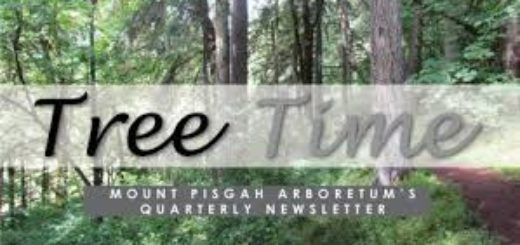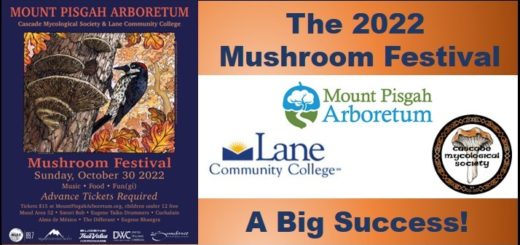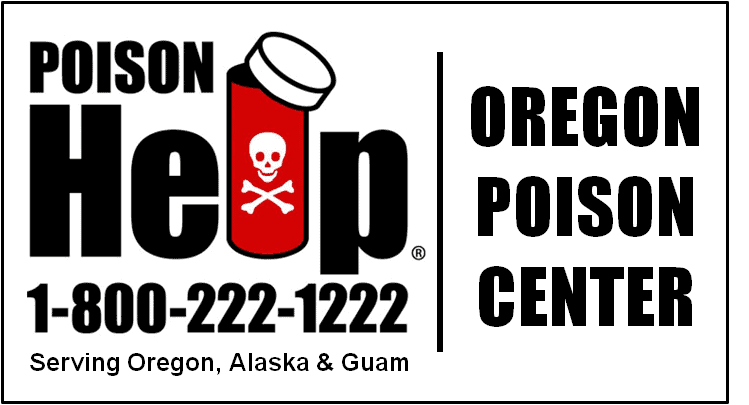1998 Mt. Pisgah Arboretum Mushroom Show and Fall Festival: Mushroom Display
By Peg Boulay
Last autumn, mushroom fans watched the weather with anticipation and foreboding. A prolonged summer drought and early freeze in the mountains did not promise a bountiful array of fungal fruitings. To seasoned collectors, the mushrooms seemed fewer and less diverse than in other years. We worried about how the display at the show would be. Would there be no mushrooms?
But our concern was unfounded. To everyone’s surprise, this year’s display had an
impressive 283 species, the 2nd highest number of species ever recorded at the Mt. Pisgah mushroom show. The 1997 show had the highest number of species ever collected, with a grand total of 310. The Mt. Pisgah Mushroom Show has become the largest of its kind in the Pacific Northwest. Visits by a mushroom expert from Washington, a mushroom photographer from California, a documentary film crew from Canada, and a mushroom fanatic from New Zealand reflected the growing fame of the show!Each year the number of volunteers helping out with the mushroom display increases, and the more people looking for unusual fungi and the more people identifying the odd mushrooms, the more intriguing the variety of species we have at the show! With some of the bigger mushrooms missing this year, dozens of volunteer collectors looked more diligently to find the smaller mushrooms that were fruiting. The diversity of mushrooms also reflected the expertise of visiting experts who worked on identifying some of the more mysterious and challenging groups of mushrooms. All these efforts resulted in 44 mushrooms species that were displayed at the show for the first time.
As usual, a table of experts identified mushrooms as they arrived and provided sage
advice to collectors with questions. Festival-goers who brought mushrooms from backyards, parks, and forests were given the name and interesting life history facts about their favorite fungi. We are grateful to the mushroom authorities who donated their time and expertise at the Identification table: Ankie Camacho, Freeman Rowe, Dan Luoma, Jamie Platt, Bruce Newhouse, Suzie Holmes, Molly Widmer, and Marcia Peeters.It was a difficult but fun task for “Best of Show” judge Freeman Rowe to choose the most spectacular specimens among hundreds of interesting, colorful and lovely mushrooms. The grand prize was awarded to a striking cluster of the rare Golden Phaeolepiota (Phaeolepiota aurea), collected by Dan Luoma. The first runner-up was given to a firm, juicy Beefsteak Fungus (Fistulina hepatica). It was the only specimen that came to the show and was collected by Jeani Sapienza. The second runner-up was won by a large, blushing Bitter Bolete (Boletus calopus), collected by Kendon Bright. The fortunate finders each won a framed display of Mexican postage stamps portraying beautifully-illustrated mushrooms.
Edible and Poisonous mushroom displays were popular displays again and included 18 common edible mushrooms and 12 poisonous mushrooms. Visitors were able to compare an edible Golden Chanterelle (Cantharellus formosus) right next to several poisonous look-alikes, including the False Chanterelle (Hygrophoropsis aurantiaca) and Scaly Chanterelle (Gomphus floccosus). Knowledgeable volunteers (Cheshire Mayrsohn, Peg Boulay, Rebecca Meyer, and Russ Kelly) answered questions such as “Are there any deadly mushrooms in Oregon?,” “Are there any rules for telling a poisonous mushroom from an edible one?,” and “What is a good way to cook the Cauliflower Mushroom (Sprassis crispa)?” In addition to providing guidelines for safe consumption of fungi, the volunteers even shared a few of their favorite recipes.
The annual popularity of educational displays inspired us to expand the display section, making the show even more diverse and interesting. Members of the North American Truffling Society, based in Corvallis, answered questions about truffles and brought aromatic dried specimens and truffling tools. Lichens of all sorts of colors, shapes and textures were on display. Jamie Platt and Eric Peterson of Oregon State University chatted about the fascinating life cycles and ecology of lichens, which are actually 2 organisms (a fungus and either a algae or a bacteria) benefiting each other. The “Weird and Wonderful” table, created by Cheshire Mayrsohn, humorously presented some of the more unusual looking and named fungi. The U.S. Forest Service provided information on ecologically-responsible mushroom collecting and gave out collection permits. And once again, we were fortunate to have Maggie Rogers from the Oregon Mycological Society present her display on dying with mushrooms. Maggie was surrounded by a glowing rainbow of golds, pinks, purples, blues and greens, all samples of wool dyed using mushrooms for color.
We plan on having all this and more at the 1999 Mt. Pisgah Mushroom Show. The volunteer organizers have brain-stormed even more great ideas for new displays we would like to
attempt, such as a cooking demonstration and a “Smell and Touch” discovery table. Mark your calenders now for the best family fun event of the fall!





